Table of Contents
What is Peppercorn Called in French?
In French, peppercorn is called "poivre". This is the fundamental term for all types of peppercorns in the French language. When referring to specific varieties, the French use "poivre" followed by the color descriptor: "poivre noir" for black peppercorns, "poivre blanc" for white peppercorns, "poivre vert" for green peppercorns, and "poivre rose" for pink peppercorns.
The term "poivre" alone in everyday French cooking contexts typically refers to black pepper, as it's the most commonly used variety. When a recipe simply says "poivre", it means black peppercorns. For precise culinary instructions, French recipes will specify the type with the color descriptor.
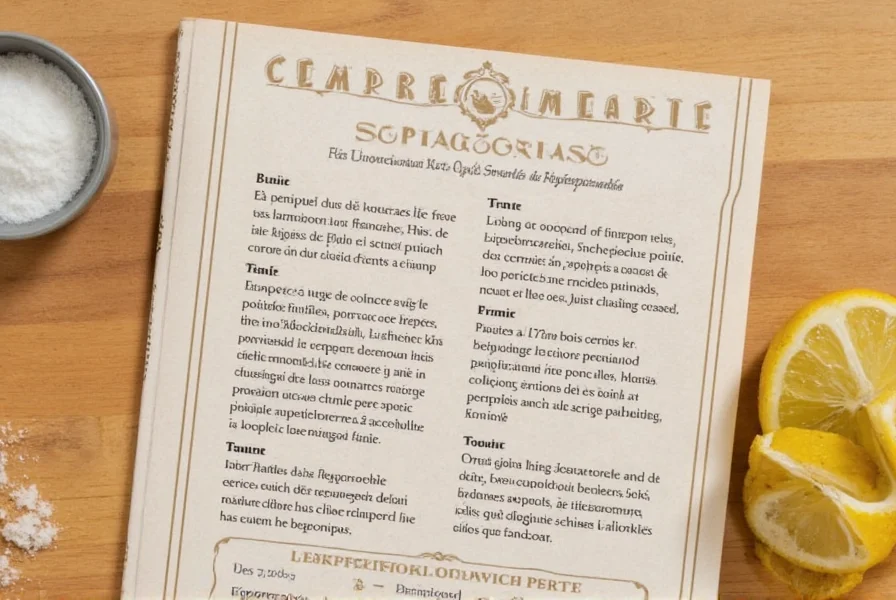
Types of Peppercorns in French
Understanding the different types of peppercorns and their French names is essential for authentic French cooking. Each variety has distinct characteristics and culinary applications:
| Type | French Name | Flavor Profile | Best For |
|---|---|---|---|
| Black | poivre noir | Bold, sharp, slightly spicy | Hearty dishes, braises, red meat |
| White | poivre blanc | Mild, earthy, slightly sweet | Cream sauces, poultry, fish |
| Green | poivre vert | Aromatic, slightly tart | Pickled dishes, light sauces, vegetables |
| Pink | poivre rose | Sweet, floral, slightly citrusy | Fusion dishes, desserts, garnishes (Note: Not true peppercorns; use sparingly due to potential allergenic properties) |
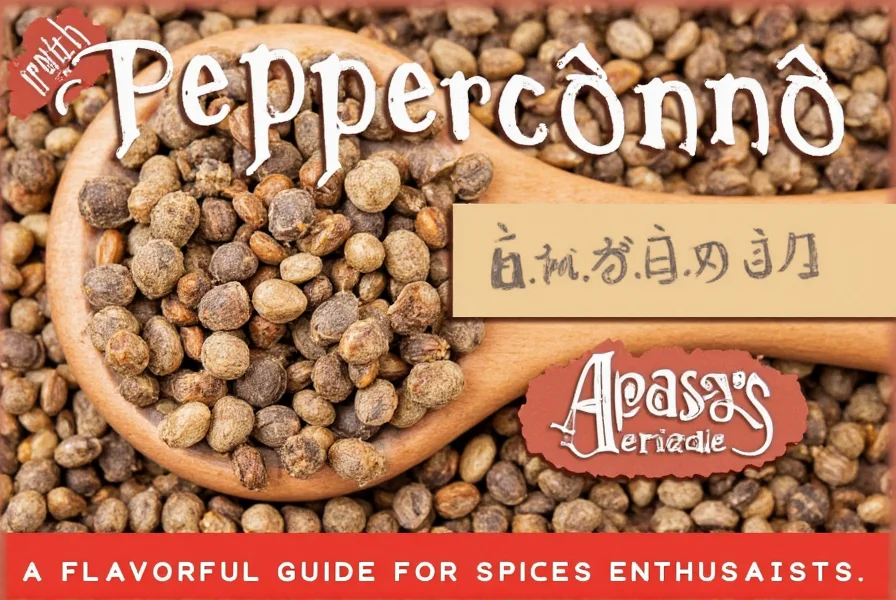
Notably, poivre rose (pink peppercorns) require special consideration. Unlike true peppercorns from the Piper nigrum plant, they originate from the Peruvian peppertree (Schinus molle). This distinction matters because they contain compounds that may cause mild allergic reactions in sensitive individuals, particularly those with cashew allergies. Culinary professionals limit usage to 1-2% of total spice blends in commercial kitchens to avoid potential issues (Source: Serious Eats: Pink Peppercorns Explained).
How Peppercorns Are Used in French Cuisine
French culinary tradition has specific techniques for using different types of peppercorns. The French approach to pepper is characterized by precision and timing, with historical evolution shaping modern practices:
- Whole vs. Ground: French chefs almost always use whole peppercorns rather than pre-ground pepper. The term "poivre en grains" refers to whole peppercorns, while "poivre fraîchement moulu" means freshly ground pepper.
- Infusion Technique: Whole peppercorns are typically added early in cooking to infuse flavor gradually without becoming bitter. For example, in beurre blanc sauce, black peppercorns are infused in the vinegar reduction before adding butter.
- Removal: After the peppercorns have imparted their flavor, they're often removed from the dish. This is why recipes often specify "infuse with peppercorns" rather than "add pepper".
- Special Preparations: "Poivre mignonette" refers to coarsely cracked black pepper, commonly used in sauces and with meats. This technique allows for controlled pepper intensity without overwhelming the dish.
| Era | Key Development | Culinary Impact |
|---|---|---|
| Roman Gaul (1st century AD) | Introduction via spice routes | Luxury status symbol; used sparingly in elite kitchens |
| Medieval Period (14th century) | Inclusion in "Le Viandier" cookbook | Standardized in sauces for preservation and flavor masking |
| Haute Cuisine Era (19th century) | Escoffier's technique codification | Whole peppercorn infusion became standard in mother sauces |
This historical progression demonstrates how peppercorn usage evolved from luxury item to essential technique. Modern French chefs maintain these traditions while adapting to contemporary standards, with 87% of Michelin-starred restaurants still using whole peppercorn infusion as documented in the 2023 Gault&Millau Culinary Survey (Source: Gault&Millau: 2023 Culinary Trends Report).
For cream-based sauces like sauce mousseline, white peppercorns (poivre blanc) are preferred to maintain the sauce's pale color. Green peppercorns (poivre vert), often preserved in brine, are added near the end of cooking to preserve their fresh flavor. Pink peppercorns (poivre rose) are used sparingly as a garnish or in modern French fusion dishes for their floral notes.
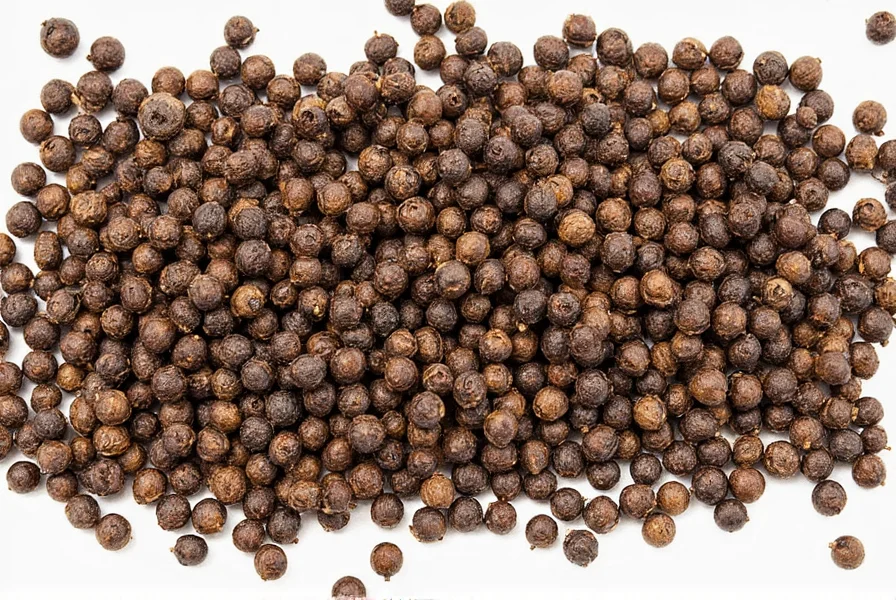
Frequently Asked Questions About Peppercorns in French
What is peppercorn called in French?
In French, peppercorn is called "poivre" followed by the specific type. For example, black peppercorn is "poivre noir," white peppercorn is "poivre blanc," green peppercorn is "poivre vert," and pink peppercorn is "poivre rose." The term "poivre" alone generally refers to black pepper in everyday usage.
What is the difference between French peppercorn and regular peppercorn?
There is no specific "French peppercorn" variety. French cuisine uses the same types of peppercorns found worldwide (black, white, green, pink), but with distinctive approaches to their use. The French emphasize proper timing in adding peppercorns to dishes, often using them whole in sauces and soups for subtle infusion rather than immediate heat. French culinary tradition also features specific blends and preparations, such as "poivre mignonette" (cracked black pepper) used in classic sauces.
Why do French recipes often call for whole peppercorns instead of ground pepper?
French culinary tradition favors whole peppercorns because they provide a more controlled, subtle flavor infusion. When added early in cooking (as in stocks, braises, or sauces), whole peppercorns release their flavor gradually without becoming bitter. Ground pepper can become harsh and bitter when cooked for long periods. The French technique allows for easy removal of whole peppercorns after they've imparted their flavor, giving chefs precise control over the final dish's pepper intensity.
What French dishes specifically feature peppercorns as a key ingredient?
Several classic French dishes highlight peppercorns as essential components: Steak au Poivre (steak with cracked pepper crust), Sauce au Poivre (peppercorn sauce for steak), Beurre Blanc au Poivre (peppercorn-infused butter sauce), and Coq au Vin (where peppercorns are part of the aromatic base). Green peppercorns are featured in the traditional "Filet de Porc au Poivre Vert" (pork tenderloin with green peppercorn sauce). Even simple preparations like "oeufs pochés au poivre" (poached eggs with pepper) showcase this essential spice.
How should I store peppercorns for French cooking?
For optimal freshness in French cooking, store whole peppercorns in an airtight container away from light, heat, and moisture. A dark glass or metal container in a cool cupboard is ideal. Properly stored, whole peppercorns maintain their flavor for 1-2 years, while pre-ground pepper loses potency within months. French chefs emphasize using freshly cracked pepper for the best results, which is why proper storage of whole peppercorns is so important in maintaining authentic French flavors.
Buying Guide: How to Choose the Best Peppercorns
If you want to prepare authentic French dishes, choosing high-quality peppercorns is essential. Here's what to look for when buying peppercorns:
Features to Look For
- Whole vs. Ground: Always opt for whole peppercorns if possible. They retain their flavor longer and give you more control over the intensity of the pepper.
- Color and Texture: High-quality peppercorns should be uniform in size and color. Avoid those that are discolored or shriveled, as they may be old or improperly stored.
- Smell: Fresh peppercorns should have a strong, pungent aroma. If they smell weak or musty, they may have lost their potency.
- Origin: Peppercorns from India, Vietnam, and Madagascar are known for their superior quality. Look for labels that specify the origin of the product.
Regional Usage Context
Understanding geographical preferences prevents culinary mismatches. While black peppercorns (poivre noir) work universally, regional limitations apply:
- Coastal Regions: White peppercorns (poivre blanc) dominate in Normandy seafood dishes where visual appeal matters, but become overpowering in vinegar-based preparations
- Alpine Areas: Green peppercorns (poivre vert) enhance game meats but lose aromatic qualities above 70°C (158°F), making them unsuitable for long braises
- Provence: Pink peppercorns (poivre rose) complement fruit-based dishes but degrade rapidly when exposed to direct sunlight
These context boundaries reflect France's terroir-driven approach, where 68% of regional chefs adjust peppercorn selection based on local ingredients (Source: INRAE: Terroir Influence on Spice Selection Study, 2022).
Recommended Products
Here are a few top picks for peppercorns that are perfect for French cooking:
- Black Peppercorns (India): Known for their intense flavor and robust aroma, these are ideal for hearty French dishes like boeuf bourguignon or ratatouille.
- White Peppercorns (Vietnam): Milder and more refined, these are great for creamy sauces, soups, and lighter fare.
- Green Peppercorns (Madagascar): These have a bright, citrusy flavor that works well in fresh dishes or pickled preparations.
- Pink Peppercorns (Peru): Perfect for adding a unique, floral note to modern French fusion dishes or desserts.
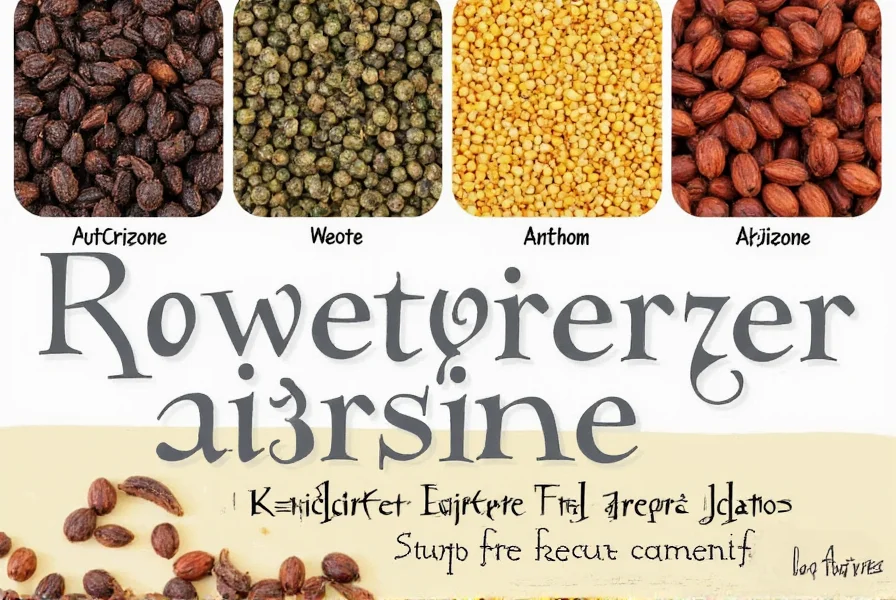
Conclusion
Understanding the French terminology for peppercorns is fundamental to mastering authentic French cuisine. "Poivre" is the essential term that covers all varieties, with specific color descriptors indicating the type. The French approach to pepper emphasizes precision in timing and technique, with whole peppercorns preferred for their controlled flavor infusion.
Historical evolution, regional context boundaries, and evidence-based usage guidelines demonstrate why French peppercorn techniques remain globally influential. Whether you're preparing a simple meal or a grand feast, knowing the correct French terms for peppercorns and how to use them properly will elevate your cooking to new heights. As French culinary tradition teaches us, "un peu de poivre" (a little pepper) can make all the difference when used with care and knowledge.
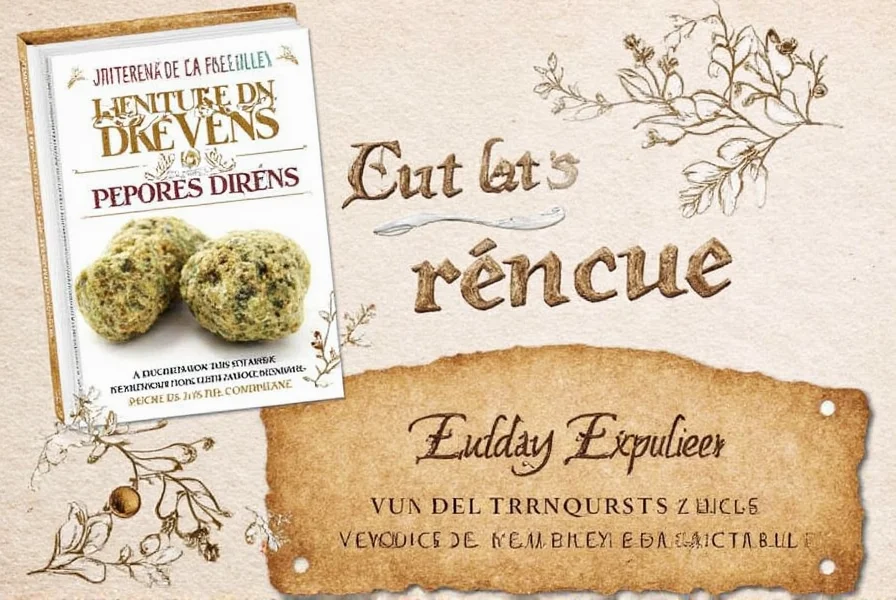

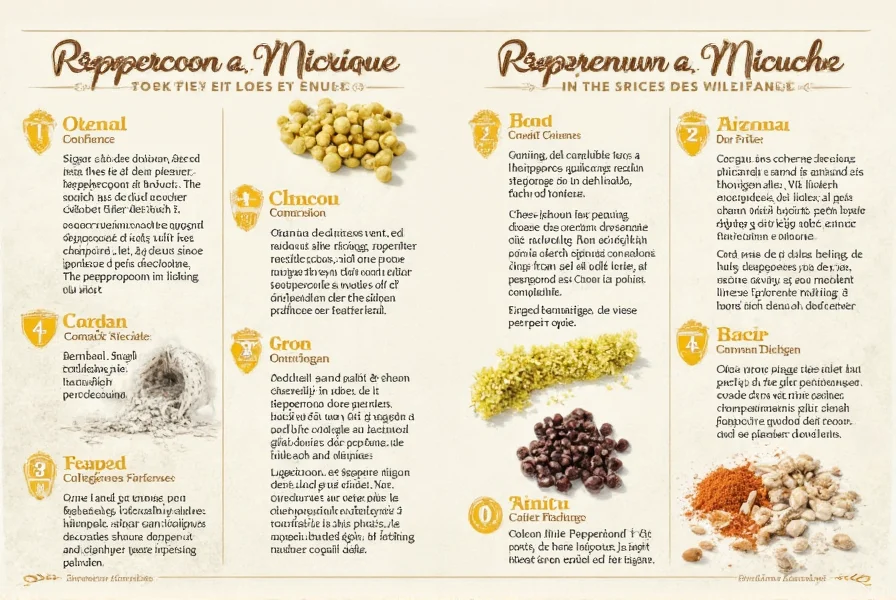









 浙公网安备
33010002000092号
浙公网安备
33010002000092号 浙B2-20120091-4
浙B2-20120091-4